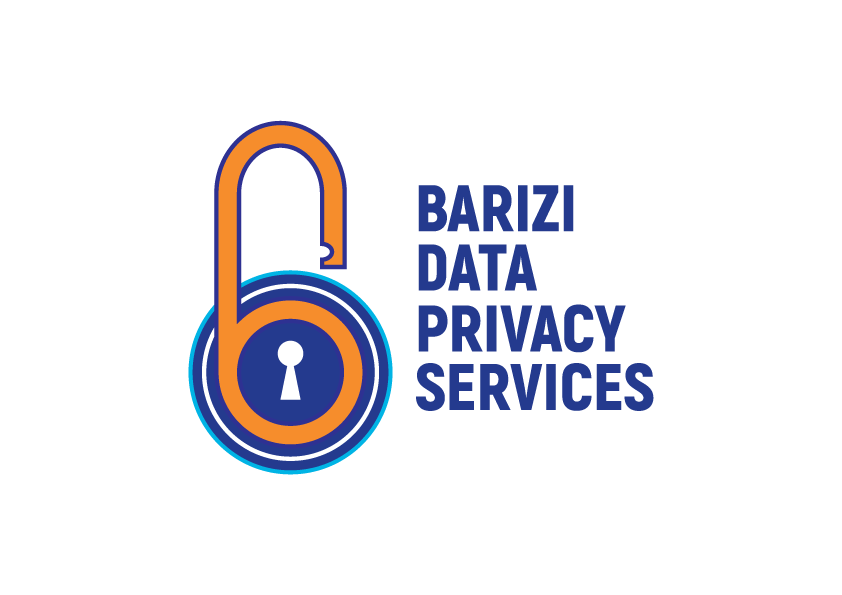INTRODUCTION
The businesses and organizations of today exist in a heavily interconnected world with an expanded area of conducting businesses often operating across different jurisdictions. To address the complexities of data protection laws, organizations must implement an Enterprise-wide program that serves as an effective risk management tool. This program should encompass various aspects, including policies, processes, and external controls to ensure compliance.
This article explores the key elements that you could incorporate into your privacy governance framework.
Key Elements of the Program
1. Appointment of a Data Protection Officer (DPO): While not mandatory, appointing a DPO is highly advisable. This individual should report to the highest level of management or the Board and provide the necessary knowledge, expertise, and independence to ensure compliance with data protection laws.
2. Organizational Culture and Chain of Command: Fostering a culture of compliance is crucial. Corporate leaders should set an example, and a clear chain of command should be established, with ultimate responsibility for enforcing and monitoring compliance designated to either the Board or an individual with similar capacity within the organization. Additionally, a data protection compliance working group/committee may be formed to manage the program on a day-to-day basis.
3. Policies: Privacy policies are the backbone of the program; they outline your organizations data handling practices and procedures on how to deal with personal data. These policies may need amendments and should be accessible at all points where personal data is collected.
4. Consent management: The Enterprise should be able to demonstrate that consent was obtained and offer a straightforward method for individuals to withdraw their consent. Such documentation should include the date when consent was obtained/withdrawn, purpose of processing and recipients of the personal information.
5. Information Security: A comprehensive information security program is essential to protect the confidentiality, integrity, and security of personal data. This program should include action plans for security breaches, disaster recovery, and data restoration.
6. Risk Assessments: Data protection impact assessments should be conducted before any high-risk data processing activities using new technologies are conducted. DPIA are crucial in demonstrating accountability with data protection requirements as well as ensure data protection is prioritized throughout the lifecycle of the project.
7. Cross-Border Data Flows: Your organization must carefully assess and justify the basis for transferring personal data across borders. The minimum requirements such as appropriate safeguards, necessity, proportionality must be assessed and approvals obtained from the ODPC before initiating a transfer.
8. Adequate Resources: Adequate financial, technological, and human resources are necessary to ensure compliance and detect non-compliance effectively. Budget allocation should be based on various factors such as the number of employees, assets, turnover, and unique vulnerabilities.
9. Training: Effective compliance training programs should be developed for personnel at all levels. This includes directors, department heads, and key service providers.
10. Enforcement: Misconduct should be met with appropriate disciplinary actions, irrespective of seniority. Consider implementing an anonymous whistle-blowing mechanism and where unsure seek legal advice.
11. Regular Reviews: The privacy governance framework is not static. It must be regularly reviewed and updated to align with evolving laws and changes in business activities and adjust as needed.
CONCLUSION
With the right framework in place, your business can effectively navigate the challenges posed by the ever-changing landscape of data privacy regulation, meet its business needs and gain a competitive advantage over other industry players.
Not sure where to start? Contact us today




